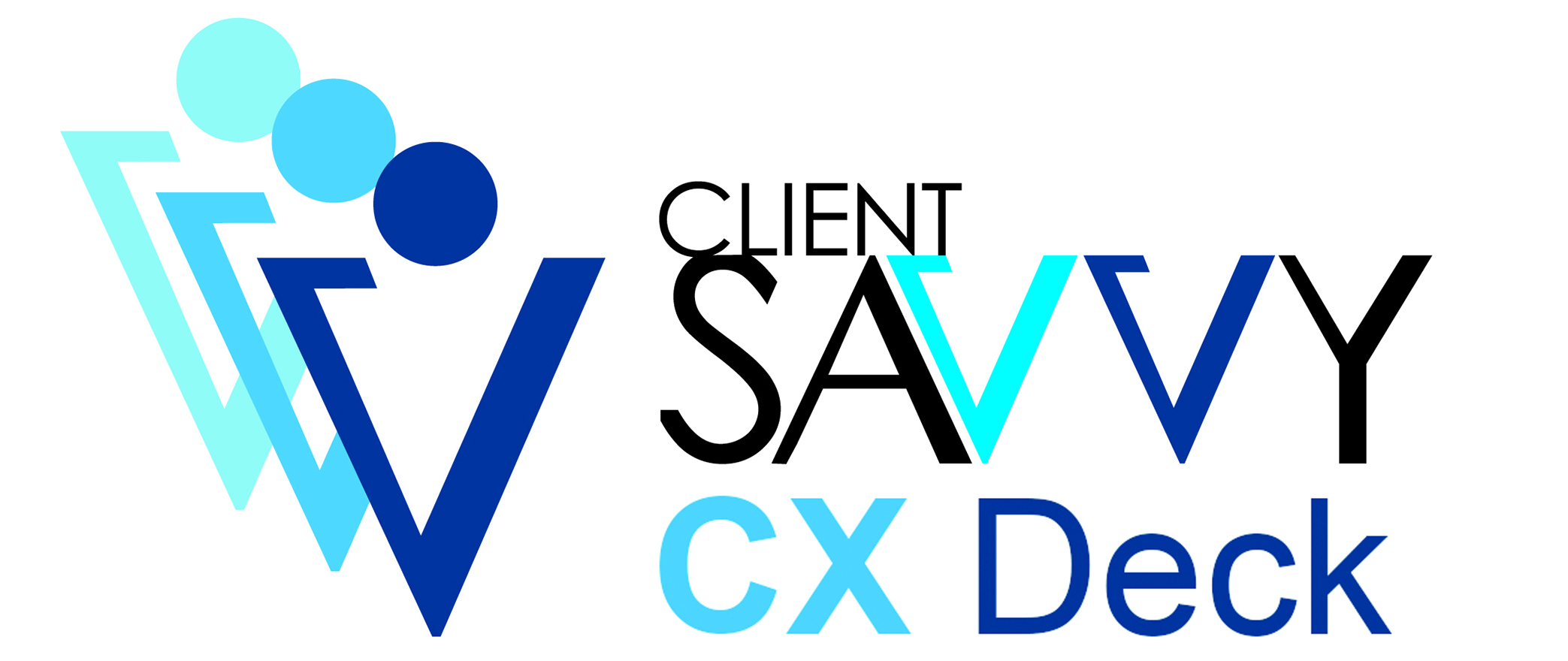Your Feedback Plan
Take a moment and think back to a project that was collaborative, fun, and produced terrific outcomes for your client and your team.
Great outcomes happen when everyone on the team (internal and external stakeholders) make the commitment to understanding each other and working jointly towards a common goal. The foundation for such teams – strong relationships. Relationships built on ongoing feedback that builds mutual understanding.
Discussing next steps on a project is not the same as understanding how your client feels as you move through the project. Consider your own lens. When discussing next steps with your client, you likely do not share your concerns that all the team you need to work on the project will be available. You probably don’t share that you are going to need to be creative with other project schedules to meet this clients deadlines. Who does that during those types of conversations? Nobody.
Ongoing feedback gives your client the chance to comfortably express concerns (like those) he may have. And, it gives you the insight into what might be going on with your client beyond the next steps you review on the project.
Electronic Surveys
Electronic feedback gets conversations started. They are not intended to be your only method of polling stakeholders for their sentiments, but they are quick, effective, and provide measurable metrics. When combined with a commitment by your team to follow-up to any questions or concerns identified; electronic surveys give your clients a comfortable way to express their feelings and your team a chance to respond with curiosity (rather than being caught off guard).
When to Ask
The most important rule is “Don’t wait until the project is over. Then, it’s just an autopsy.” Think about it. If you wait until the project is over there are few, if any, opportunities to change the outcome at that point. Ask early. Ask often. Consider the critical moments in a project, and develop check-in points aligned with those. Let us help you build a plan that is flexible enough to address projects lasting a few weeks and ones lasting several years.
Who Asks?
Best practice is to have the person who can take action ask for the feedback. Your clients are more likely to let the person who can “do something about it,” know what changes they would like to see. At the same time, when your team is providing an experience that delights your client, the client will be pleased to let them know with the hope they will continue to receive “more of the same.”
Team Accountability
Integrate your feedback process with your existing service delivery efforts. Communicate your vision and clearly define the role for each of your staff. Avoid setting any standards for scores, as that may lead to gaming of the system, grade inflation, and worse – avoiding feedback from the places it’s most needed. Instead, define clear metrics for participation. Reward and recognize those who most consistently solicit feedback and follow-up when responses come back.
